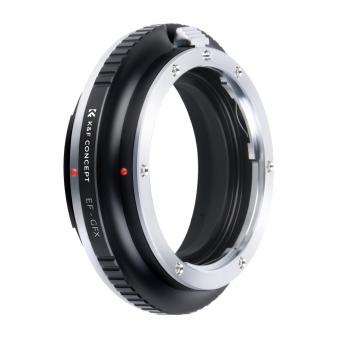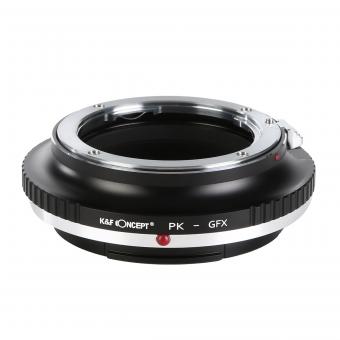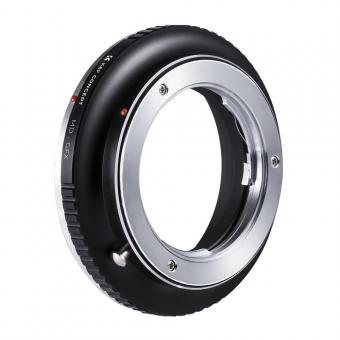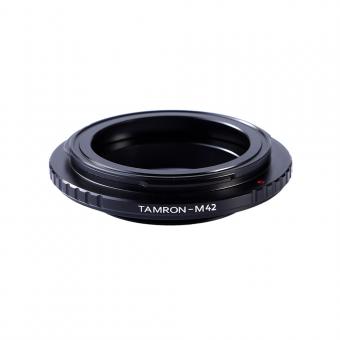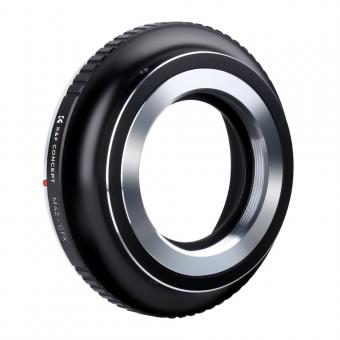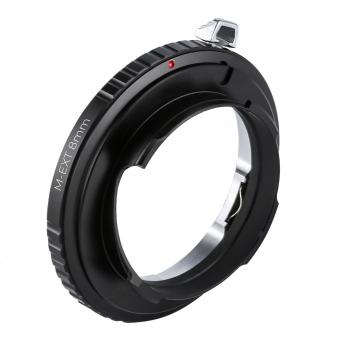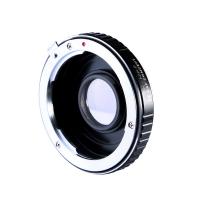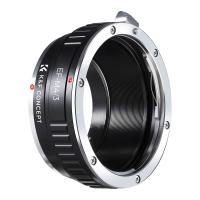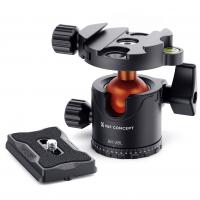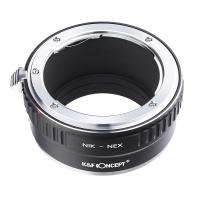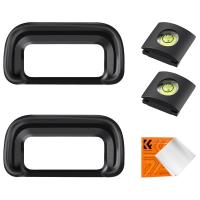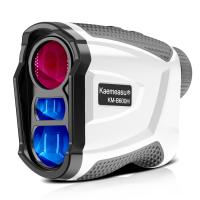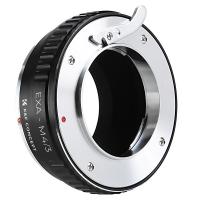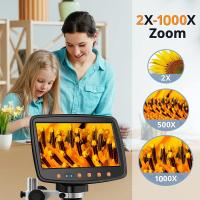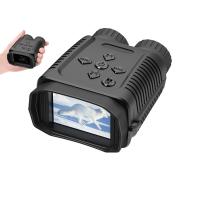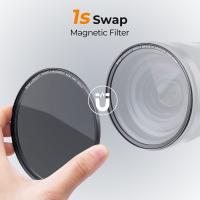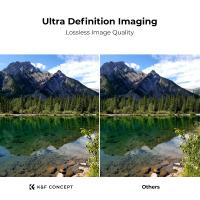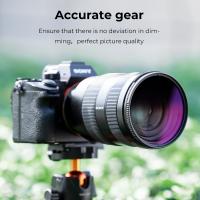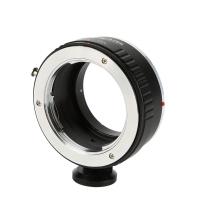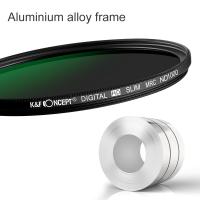How To Choose Monoculars ?
When choosing monoculars, consider factors such as magnification power, lens diameter, field of view, and durability. Determine the intended use, whether it's for bird watching, hunting, or general outdoor activities, and select a monocular with appropriate specifications for that purpose. Additionally, consider the size and weight for portability, as well as features like waterproofing and lens coatings for better performance in various conditions. Finally, read reviews and compare options to find the best monocular for your needs and budget.
1、 Magnification and Lens Size
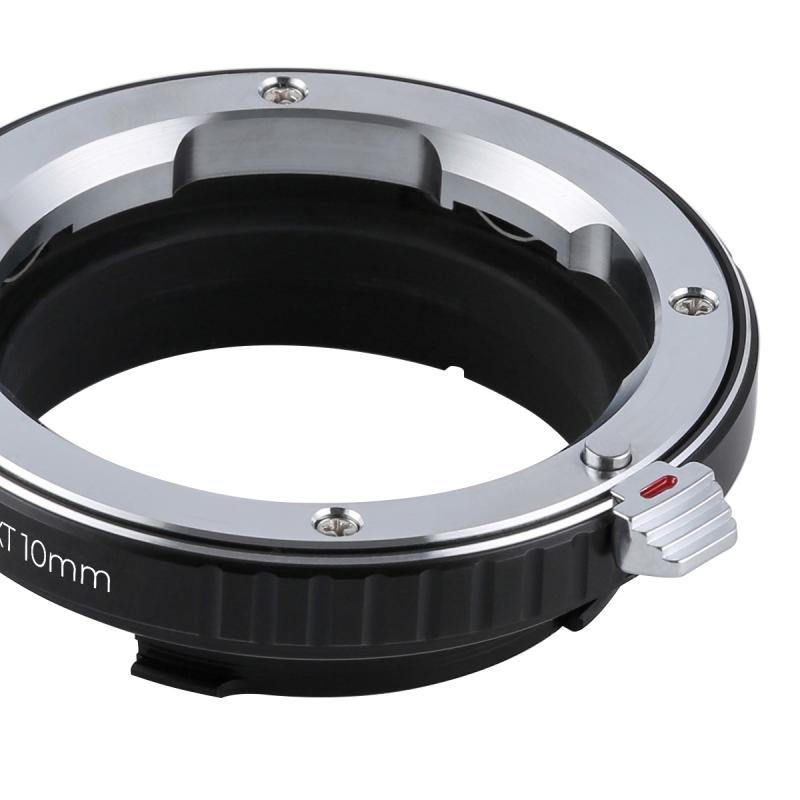
When choosing monoculars, there are several factors to consider, with magnification and lens size being two of the most important.
Magnification: The magnification of a monocular determines how much closer the object will appear compared to the naked eye. Common magnifications range from 8x to 12x, with higher magnifications providing more detailed views of distant objects. However, higher magnifications can also make the image shakier and reduce the field of view, so it's important to find a balance based on your specific needs.
Lens Size: The size of the lens, typically measured in millimeters, determines how much light the monocular can gather. A larger lens size allows for more light to enter, resulting in a brighter and clearer image. However, larger lenses also make the monocular heavier and bulkier, so it's essential to consider the trade-offs between image quality and portability.
From the latest point of view, advancements in lens and prism technology have led to improved image quality and light transmission in monoculars. This means that even with smaller lens sizes, modern monoculars can provide exceptional clarity and brightness. Additionally, some monoculars now come with adjustable magnification, allowing users to zoom in and out as needed.
When choosing monoculars, it's important to consider your specific use case, whether it's for birdwatching, hunting, or general outdoor activities. By carefully evaluating the magnification and lens size, along with the latest technological advancements, you can select a monocular that best suits your needs.
2、 Field of View and Eye Relief
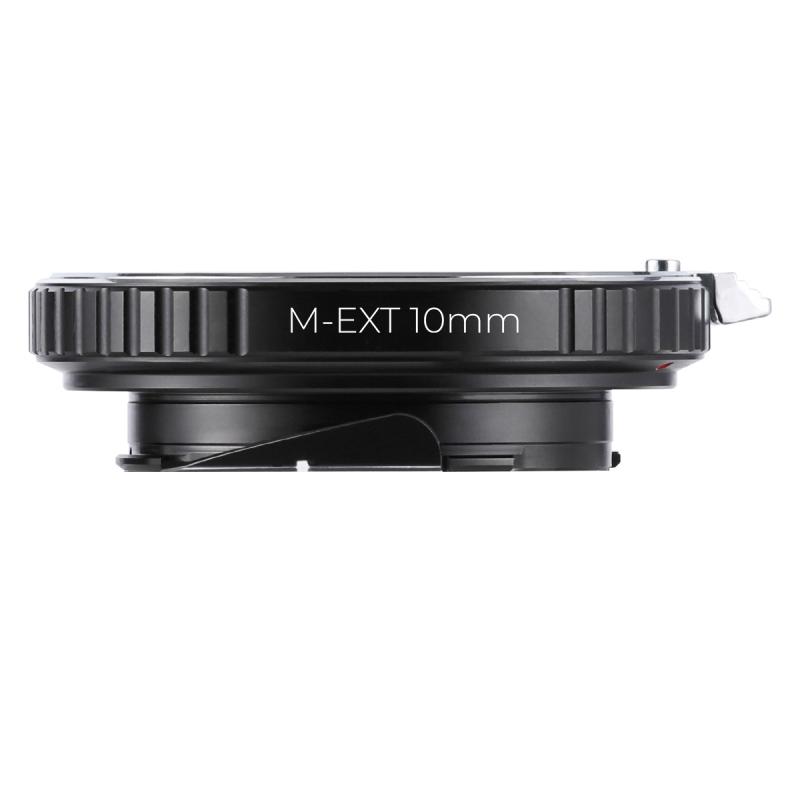
When choosing monoculars, it's important to consider factors such as Field of View and Eye Relief.
Field of View refers to the width of the area visible through the monocular. A wider field of view allows you to see more of the surrounding area, making it easier to track moving objects or observe a larger area at once. When choosing monoculars, consider the field of view that best suits your intended use. For example, if you plan to use the monocular for birdwatching or wildlife observation, a wider field of view would be beneficial.
Eye Relief is the distance between the eyepiece and your eye at which you can still see the entire field of view. A longer eye relief is beneficial for those who wear glasses, as it allows for comfortable viewing without having to remove your glasses. When choosing monoculars, consider the eye relief that will provide the most comfortable viewing experience for you.
From the latest point of view, advancements in monocular technology have led to improvements in both field of view and eye relief. Manufacturers are now producing monoculars with wider fields of view and longer eye relief, providing users with a more immersive and comfortable viewing experience. Additionally, some monoculars now feature adjustable eye relief, allowing users to customize the viewing experience to their individual needs.
In conclusion, when choosing monoculars, consider the field of view and eye relief that best suit your intended use, and take advantage of the latest advancements in monocular technology to enhance your viewing experience.
3、 Lens Coating and Prism Type
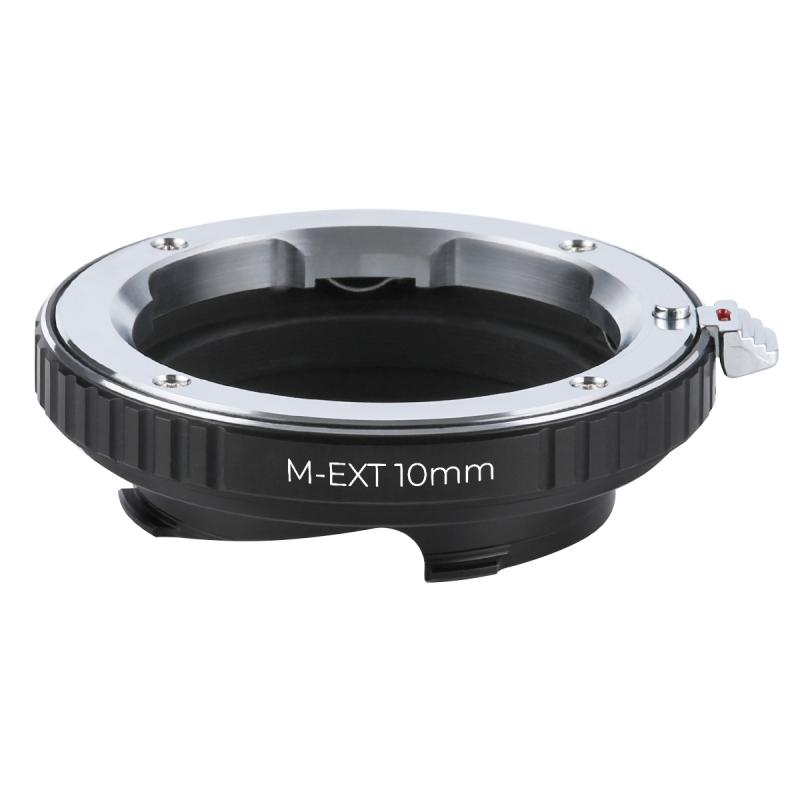
When choosing monoculars, it's important to consider the lens coating and prism type to ensure optimal performance and clarity.
Lens Coating: Look for monoculars with fully multi-coated lenses, as they provide the best light transmission and image quality. This coating reduces glare and reflections, resulting in sharper and brighter images. Additionally, the latest point of view emphasizes the importance of anti-reflective coatings, which minimize light loss and improve low-light performance. This is particularly beneficial for outdoor activities such as birdwatching or hunting, where lighting conditions can vary.
Prism Type: There are two main types of prisms used in monoculars: roof prisms and Porro prisms. Roof prisms are more compact and aligned in a straight line, resulting in a slimmer and more streamlined design. On the other hand, Porro prisms provide better depth perception and a wider field of view. The latest point of view suggests that for general outdoor use, roof prisms are more convenient due to their compactness, while Porro prisms are preferred for activities that require a wider field of view, such as wildlife observation.
In conclusion, when choosing monoculars, prioritize fully multi-coated lenses for superior image quality and consider the prism type based on your specific outdoor activities. The latest advancements in lens coating technology and the ongoing debate between roof and Porro prisms can help you make an informed decision based on your individual needs and preferences.
4、 Durability and Weather Resistance
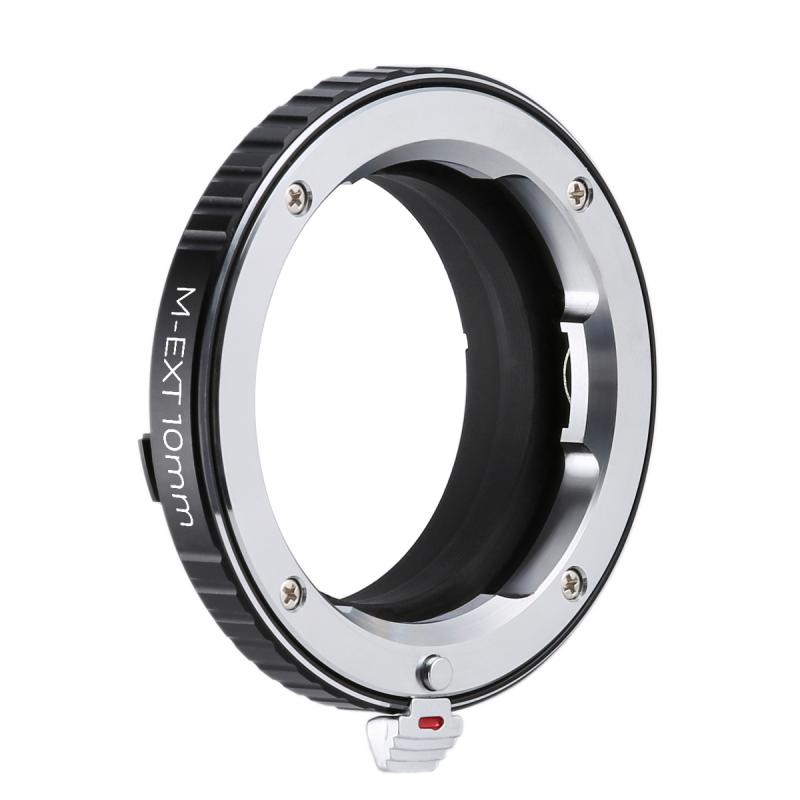
When choosing monoculars, durability and weather resistance are crucial factors to consider. To ensure that your monoculars can withstand the rigors of outdoor use, look for models that are constructed with high-quality materials such as rugged rubber armor or aluminum alloy. These materials provide excellent protection against impacts and ensure that the monoculars can endure rough handling and outdoor conditions.
In terms of weather resistance, it's important to select monoculars that are waterproof and fog-proof. Look for models that are O-ring sealed and nitrogen-purged to prevent water, dust, and debris from entering the optics. This ensures that the monoculars remain functional even in wet and humid environments, making them suitable for activities such as birdwatching, hunting, or marine use.
Additionally, consider the latest advancements in lens coatings and protective technologies. Look for monoculars with multi-coated lenses that provide enhanced durability and scratch resistance. The latest hydrophobic and oleophobic coatings can also repel water, oil, and dirt, keeping the lenses clean and clear even in challenging weather conditions.
When choosing monoculars for durability and weather resistance, it's essential to prioritize quality and reliability. Consider reputable brands known for their rugged and weatherproof designs, and read user reviews to gauge real-world performance in outdoor settings. By focusing on durability and weather resistance, you can ensure that your monoculars will withstand the elements and provide reliable performance during your outdoor adventures.






